Little Peeing Monk of Tokyo
This Japanese Manneken Pis gets new outfits for every occasion.
Inspired by the famous Belgian statue Manneken Pis, urinating boy statues are popular in Japan and can be found in various locations. But the “the little peeing monk” of Hamamatsuchō Station in central Tokyo may be the most iconic of such imitations.
Originally gifted to the station by a dentist in 1952, it is famous for its extensive wardrobe, changing clothes every single month for over 30 years.
The work is done by a volunteer handicraft group called Ajisai, who was at first asked by the local fire department to make a firefighter costume for the Peeing Boy as part of their fire prevention campaign in November 1986.
Ever since then, the group has been responsible for the statue’s costumes, which often reflect seasonal events (such as the plum rain) and current topics (such as the Olympic Games), except for March and November, during which it can be found wearing a firefighter outfit.
The statue is known to English speakers as the Little Peeing Monk, a literal translation of its Japanese name, Shōben-kozō (小便小僧). However, the word kozō’s meaning has changed over the centuries, and it simply means “boy” or “kid” today, so the correct translation would be “the little peeing boy”.
Know Before You Go
As the statue stands on Platforms 3-4, it can be accessible only from inside Hamamatsuchō Station.
The Ajisai volunteers change its costumes on the 26th of every month, at 1 p.m., except Saturday and Sunday, in which case the changing will take place on the day before or after.
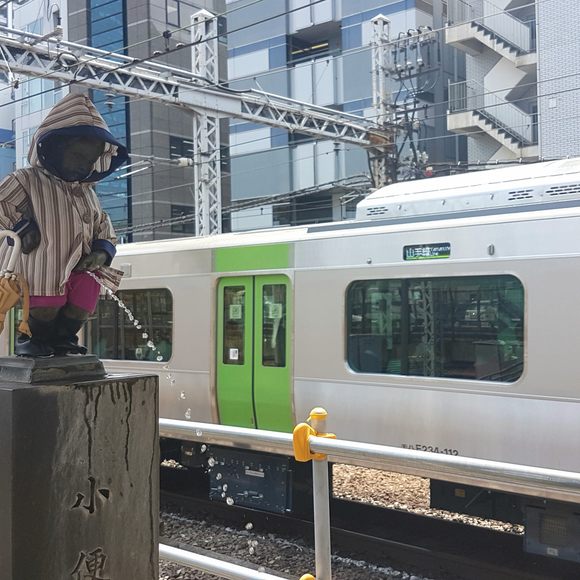


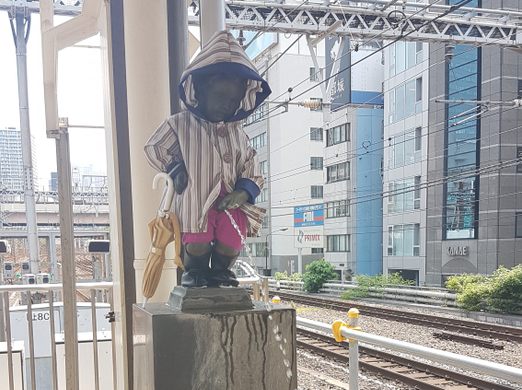








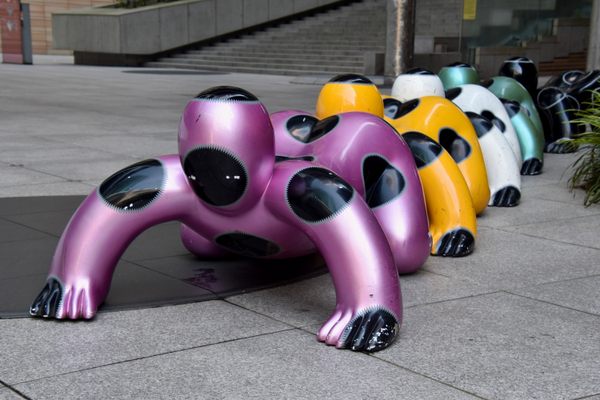
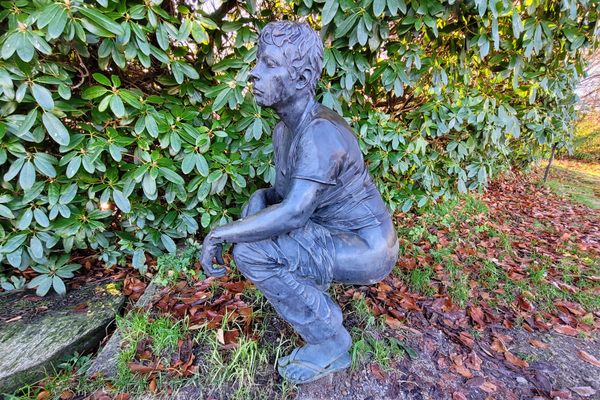
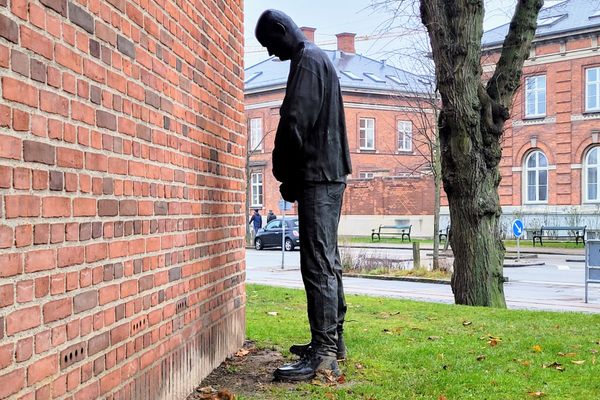

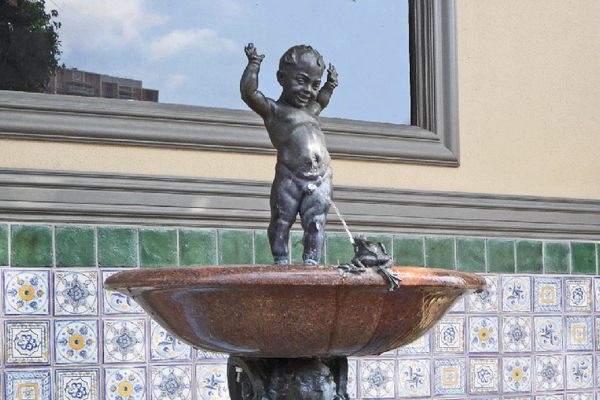

Follow us on Twitter to get the latest on the world's hidden wonders.
Like us on Facebook to get the latest on the world's hidden wonders.
Follow us on Twitter Like us on Facebook